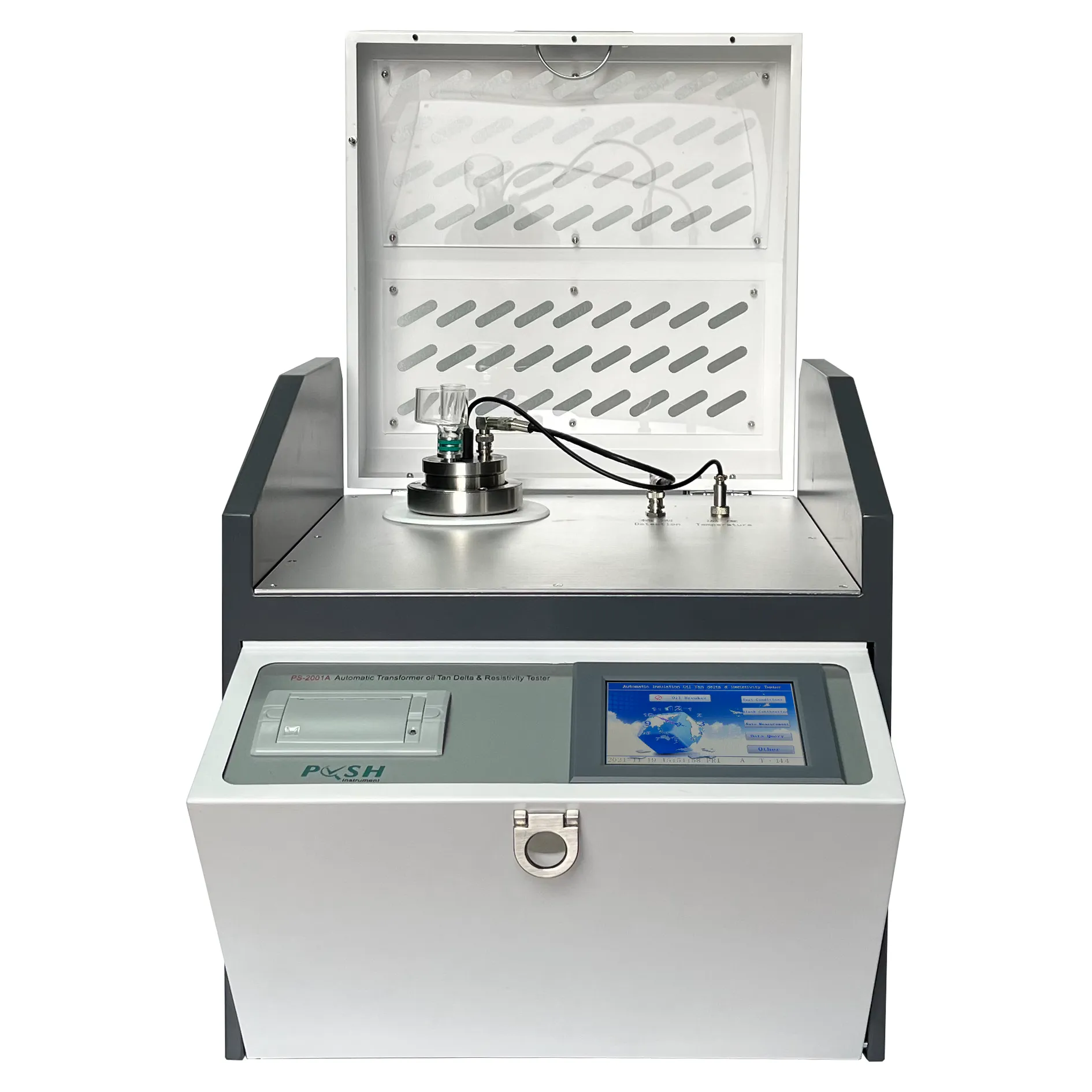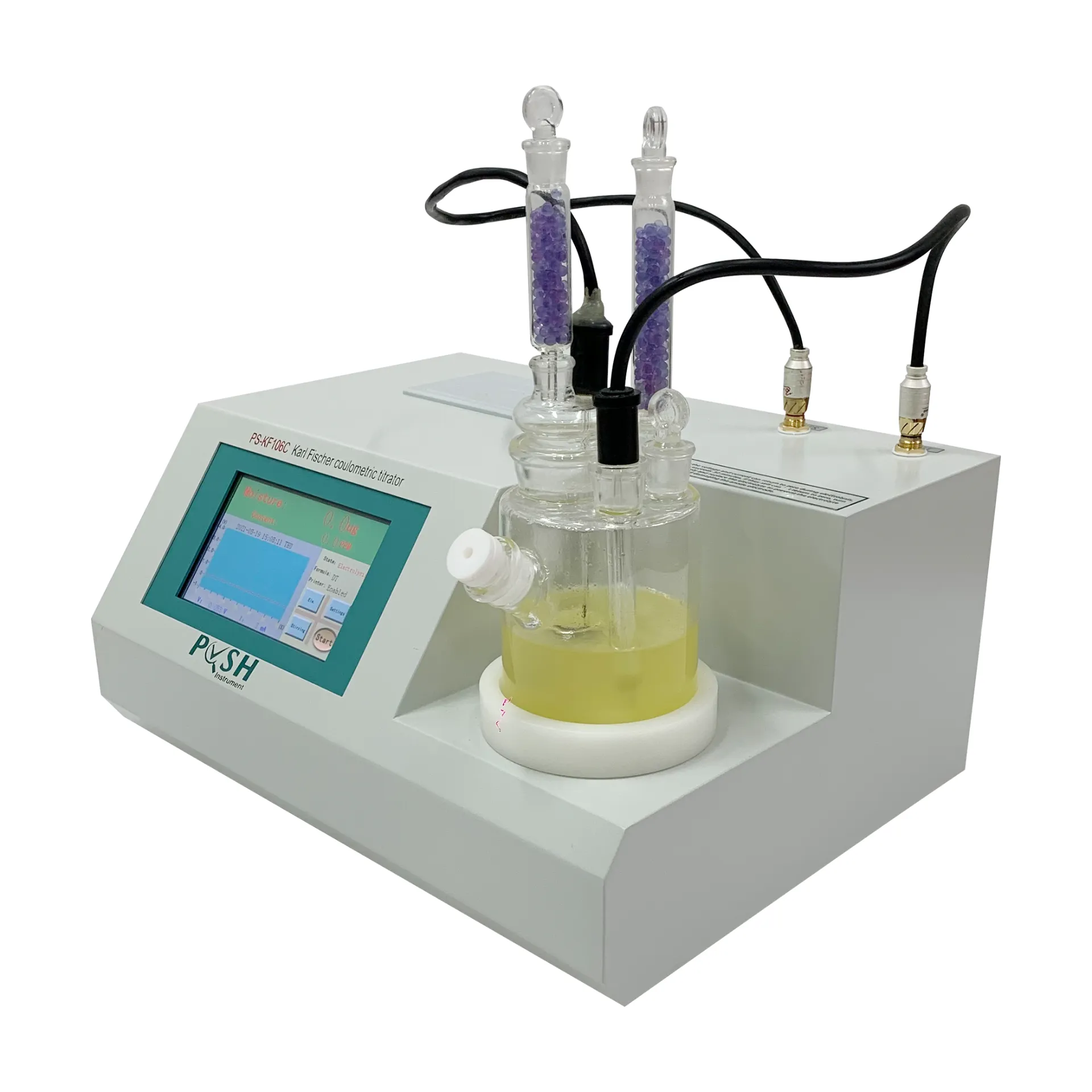 English
English



-
 Afrikaans
Afrikaans -
 Albanian
Albanian -
 Amharic
Amharic -
 Arabic
Arabic -
 Armenian
Armenian -
 Azerbaijani
Azerbaijani -
 Basque
Basque -
 Belarusian
Belarusian -
 Bengali
Bengali -
 Bosnian
Bosnian -
 Bulgarian
Bulgarian -
 Catalan
Catalan -
 Cebuano
Cebuano -
 China
China -
 China (Taiwan)
China (Taiwan) -
 Corsican
Corsican -
 Croatian
Croatian -
 Czech
Czech -
 Danish
Danish -
 Dutch
Dutch -
 English
English -
 Esperanto
Esperanto -
 Estonian
Estonian -
 Finnish
Finnish -
 French
French -
 Frisian
Frisian -
 Galician
Galician -
 Georgian
Georgian -
 German
German -
 Greek
Greek -
 Gujarati
Gujarati -
 Haitian Creole
Haitian Creole -
 hausa
hausa -
 hawaiian
hawaiian -
 Hebrew
Hebrew -
 Hindi
Hindi -
 Miao
Miao -
 Hungarian
Hungarian -
 Icelandic
Icelandic -
 igbo
igbo -
 Indonesian
Indonesian -
 irish
irish -
 Italian
Italian -
 Japanese
Japanese -
 Javanese
Javanese -
 Kannada
Kannada -
 kazakh
kazakh -
 Khmer
Khmer -
 Rwandese
Rwandese -
 Korean
Korean -
 Kurdish
Kurdish -
 Kyrgyz
Kyrgyz -
 Lao
Lao -
 Latin
Latin -
 Latvian
Latvian -
 Lithuanian
Lithuanian -
 Luxembourgish
Luxembourgish -
 Macedonian
Macedonian -
 Malgashi
Malgashi -
 Malay
Malay -
 Malayalam
Malayalam -
 Maltese
Maltese -
 Maori
Maori -
 Marathi
Marathi -
 Mongolian
Mongolian -
 Myanmar
Myanmar -
 Nepali
Nepali -
 Norwegian
Norwegian -
 Norwegian
Norwegian -
 Occitan
Occitan -
 Pashto
Pashto -
 Persian
Persian -
 Polish
Polish -
 Portuguese
Portuguese -
 Punjabi
Punjabi -
 Romanian
Romanian -
 Russian
Russian -
 Samoan
Samoan -
 Scottish Gaelic
Scottish Gaelic -
 Serbian
Serbian -
 Sesotho
Sesotho -
 Shona
Shona -
 Sindhi
Sindhi -
 Sinhala
Sinhala -
 Slovak
Slovak -
 Slovenian
Slovenian -
 Somali
Somali -
 Spanish
Spanish -
 Sundanese
Sundanese -
 Swahili
Swahili -
 Swedish
Swedish -
 Tagalog
Tagalog -
 Tajik
Tajik -
 Tamil
Tamil -
 Tatar
Tatar -
 Telugu
Telugu -
 Thai
Thai -
 Turkish
Turkish -
 Turkmen
Turkmen -
 Ukrainian
Ukrainian -
 Urdu
Urdu -
 Uighur
Uighur -
 Uzbek
Uzbek -
 Vietnamese
Vietnamese -
 Welsh
Welsh -
 Bantu
Bantu -
 Yiddish
Yiddish -
 Yoruba
Yoruba -
 Zulu
Zulu
Relay Test Equipment Precision 3-Phase Protection Testing Kits
- Understanding the Critical Role of Relay Test Equipment
- Technological Advancements in Modern Testing Solutions
- Performance Comparison: Leading Manufacturers in 2024
- Customized Testing Frameworks for Diverse Industries
- Real-World Applications and Efficiency Metrics
- Future Trends in Protective Relay Validation
- Optimizing Systems with Precision Relay Test Equipment

(relay test equipment)
Understanding the Critical Role of Relay Test Equipment
Relay test equipment forms the backbone of electrical system reliability, ensuring protective relays operate within specified parameters. Industry reports indicate that 68% of grid failures originate from relay misoperations, highlighting the need for advanced validation tools. Modern protection relay testing equipment now integrates adaptive algorithms capable of simulating 97+ fault scenarios, from symmetrical component imbalances to transient overvoltage conditions.
Technological Advancements in Modern Testing Solutions
Third-generation 3 phase relay test kits employ dynamic phasor correction, achieving 0.1% magnitude and 0.2° phase angle accuracy. These systems reduce commissioning time by 40% compared to conventional methods through automated test sequencing. Key innovations include:
- Real-time power system emulation up to 5 kHz sampling
- Multi-standard compliance (IEC 60255, IEEE C37.90)
- Cloud-based result analysis with AI-driven diagnostics
Performance Comparison: Leading Manufacturers in 2024
| Brand | Model | Voltage Range | Test Types | Interface |
|---|---|---|---|---|
| OMICRON | CMC 430 | 10-480V | 87L, 50/51, 67 | Touchscreen |
| Megger | SMRT36 | 0-300V | 27/59, 81O/U | Windows |
| Doble | F6150 | 5-600V | Differential, Distance | Web-based |
| Siemens | Siprotec 5 | 24-400V | Busbar, Generator | Android/iOS |
The CMC 430 leads with 128 analog channels, outperforming competitors in complex differential protection simulations.
Customized Testing Frameworks for Diverse Industries
Industrial users require tailored configurations for optimal relay test equipment
deployment:
- Utility Grids: 500kV system validation packages with CT saturation analysis
- Manufacturing: Compact 3 phase relay test kits for motor protection (NEMA MG-1 compliance)
- Renewables: Low-inertia grid support testing (IEEE 1547-2018)
Real-World Applications and Efficiency Metrics
A recent deployment for a Midwest transmission operator demonstrated 92% fault clearance improvement using modular protection relay testing equipment. The project quantified:
- 47% reduction in relay commissioning time
- 83% decrease in false trips
- ROI achieved within 14 months
Future Trends in Protective Relay Validation
Emerging technologies like quantum-resistant encryption for test result integrity and 5G-enabled remote calibration are reshaping relay test equipment capabilities. Manufacturers now prioritize cybersecurity with IEC 62443-4-1 certified platforms.
Optimizing Systems with Precision Relay Test Equipment
As grid complexity increases, advanced 3 phase relay test kits become indispensable for maintaining protection coordination. The latest protection relay testing equipment reduces maintenance costs by 31% while improving system availability to 99.98% in critical infrastructure applications.

(relay test equipment)
FAQS on relay test equipment
Q: What is the primary purpose of relay test equipment?
A: Relay test equipment verifies the performance and accuracy of protective relays in electrical systems. It simulates fault conditions to ensure relays operate correctly. This helps maintain grid reliability and equipment safety.
Q: Why use a 3 phase relay test kit instead of single-phase equipment?
A: A 3 phase relay test kit replicates real-world power system conditions for comprehensive testing. It evaluates relay responses to balanced/unbalanced loads and phase faults. This is critical for testing modern three-phase power networks accurately.
Q: How to choose protection relay testing equipment for substations?
A: Prioritize equipment with multi-functional testing capabilities and IEC/IEEE compliance. Ensure compatibility with various relay types (electromechanical, digital). Consider portability and software support for field testing needs.
Q: How often should relay test equipment be calibrated?
A: Calibrate annually or per manufacturer guidelines to maintain measurement accuracy. Increase frequency for heavy-use scenarios or after critical projects. Always verify calibration before major testing campaigns.
Q: What safety features are essential in modern relay test equipment?
A: Look for overload protection, insulated connectors, and fail-safe shutdown mechanisms. Advanced units include automatic discharge of stored energy and real-time monitoring. These features prevent equipment damage and operator hazards during testing.
-
Testing Equipment Industry Sees Major Advancements in 2025: Smart & Precision Technologies Lead the WayNewsJun.06,2025
-
Applications of Direct Current Generators in Renewable Energy SystemsNewsJun.05,2025
-
Hipot Tester Calibration and Accuracy GuidelinesNewsJun.05,2025
-
Digital Circuit Breaker Analyzer Features and BenefitsNewsJun.05,2025
-
Benefits of Real-Time Power Quality Monitoring Devices for Industrial EfficiencyNewsJun.05,2025
-
Earth Fault Loop Testing in High-Rise Building Electrical SystemsNewsJun.05,2025



